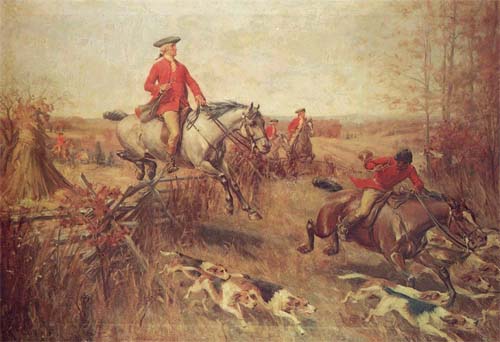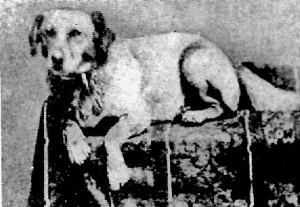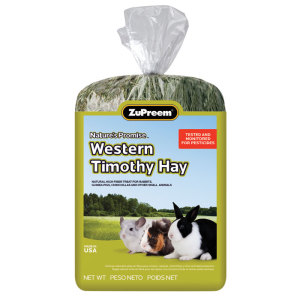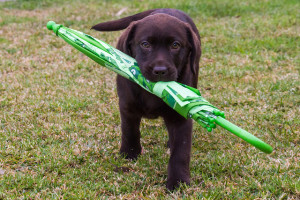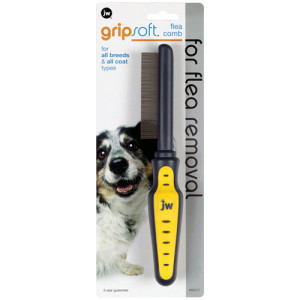Hello, my name is Tricia K. I currently own 3 cats, Bubba is 5, Firefly (aka Bug) is 3, and Scrappy is 7/8 months old. I have been volunteering for a rescue called “Lost Paws of Lancaster” for about 3 years, fostering for about 2 years. I have worked at That Fish Place – That Pet Place for almost 2 years as a cashier. I enjoy learning new things about all animals and applying what I learn to help others.
When you volunteer for a cat rescue, the season of spring is more commonly known as “Kitten Season”. This is the time of year that we begin getting phone calls asking us to take in pregnant or nursing moms and their litters of kittens. The more common call, however, is for “abandoned kittens.” I put quotes around it because more often than not the kittens aren’t really abandoned.
Unlike human children, who are rarely without a parent in sight, kittens can be left alone for hours at a time and the mom usually isn’t far off. In fact, mom may even be watching you. People often don’t realize this and tend to automatically assume that mom has left the litter to starve. They then decide to take things into their own hands and “help” which isn’t always in the best interest of the kittens.
How To Tell If Kittens Are Abandoned & Need Your Help
- Unless the kittens are in immediate danger, don’t move them. Mom may just be out getting some dinner, or taking a break. (You’d need to take a breather too if you had so many babies at once!). If you have to move them, make sure it is nearby where mom can see or hear them calling for her.
- Keep an eye on the nest from a distance for 12 to 18 hours to determine if they’re truly abandoned. Depending on how old the kittens are, moms can stay away for hours at a time. It can be hard to tell if mom slips in and out when you aren’t looking. A way to help tell if the mom has returned is to sprinkle flour around the area. If mom comes back she will leave paw prints in the powder.
- Don’t be alarmed if some of the kittens go missing. This is probably a good sign. Active Moms will move their kittens from place to place if they feel they are in danger.
- If hours pass and the babies are dirty, fussy and loud, it is safe to consider them abandoned. It’s important to remember to wait an appropriate amount of time and to stay calm. A lot of people panic and want to scoop the kittens up and care for them right away. However, caring for kittens, especially young ones that don’t eat solid food, is a lot of work that most people aren’t prepared to take on. It is also more dangerous for kittens growing up without a mom and the comfort and milk she provides. Whenever possible, keep mom in the picture.
What if Mom Doesn’t Return? What now?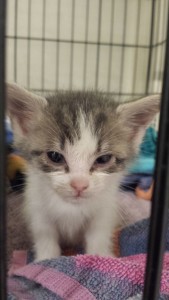
- If you have truly abandoned kittens, and you are not prepared to take on the responsibilities of motherhood, feel free to call your local rescues. Please keep in mind that kitten season is a very busy time of year. Rescues exhaust their resources very quickly and you may be declined. Fosters for bottle babies (kittens without mommas that cannot eat solid food yet) are always in short supply because they are a lot of work.
- If you are able to foster the litter the rescues may have a waiting list that you can be put on to help your kittens and lighten your load.
Even if the rescues can’t take in your litter they may have tips and tricks to make your go at being a momma cat much easier.
This Kitten season, Please be patient and do what you can to help appropriately. While it’s hard to resist a pile of adorable, cuddly kittens, letting Mom handle their care is sometimes the best option.
 That Pet Blog That Pet Place Pet Blog
That Pet Blog That Pet Place Pet Blog




